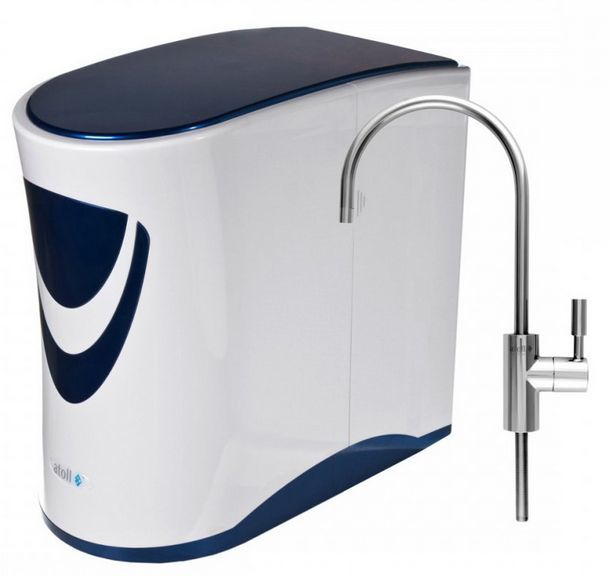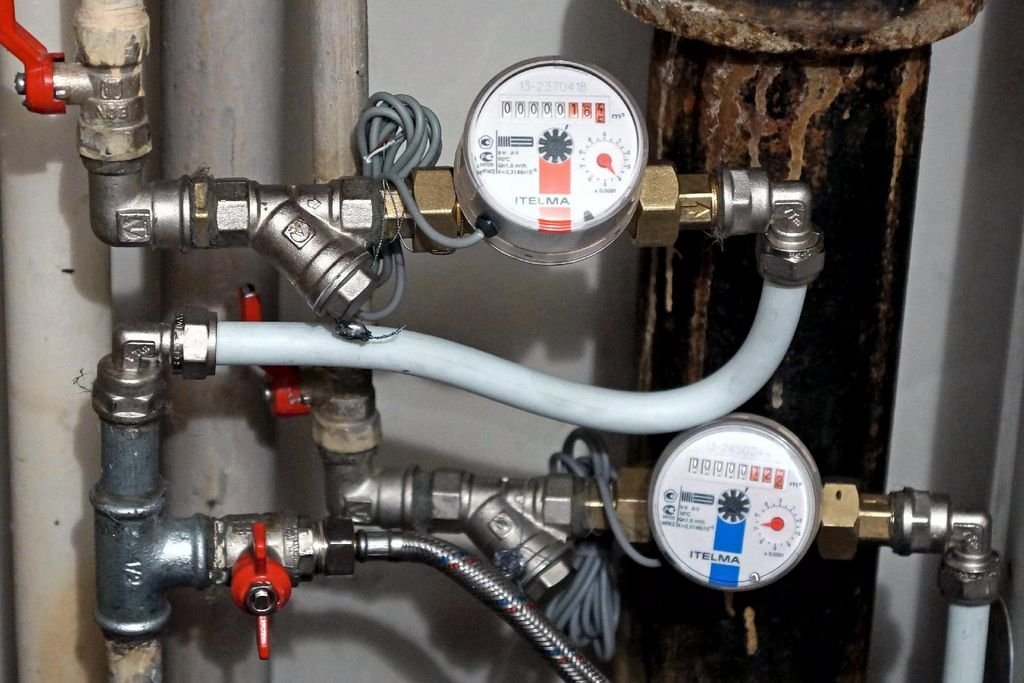The quality and safety of water from a well or well is an important aspect for residents of private houses and houses. Cleaning is carried out using different working schemes. The right choice of technical equipment will help reduce the investment budget, prevent difficulties in the operation of the equipment.
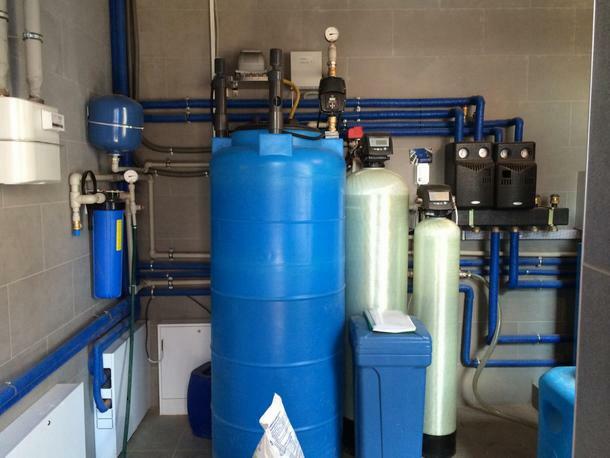
The main water pollution from any well and well
Refinement of the list of problems will help to formulate requirements for a suitable technology to deal with certain impurities. Groundwater can contain several types of common contaminants.
Mechanical - these are solid particles of sand, rust, clay, organic residues and others. They make the water cloudy, clog the filters, block the ducts. Their presence is determined even without laboratory analysis.
Chemicals are dissolved substances of various nature. They can change the color, smell and taste of water. Certain substances provoke pipe corrosion and scale formation.
The most common impurities in this category are:
- iron in divalent form;
- manganese;
- magnesium and calcium salts washed from rocks, which determine the level of hardness;
- nitrates (residues of agricultural fertilizers);
- sulfates.
Biological - these are microorganisms:
- bacteria;
- viruses;
- fungi;
- disputes;
- protozoa.
They can be hazardous to human and animal health. Their presence contributes to the development of corrosive processes, accelerates the formation of persistent contaminants on the walls of pipes and in connected filters.
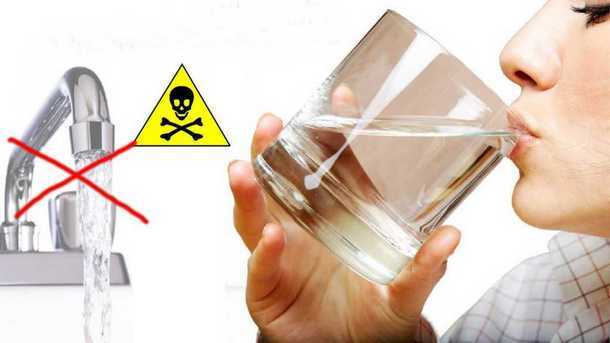
For a country house, various water treatment systems are produced. They are equipped with functional blocks that work using typical technological operations.
Mechanical cleaning - removes large and small solids using screens, sand filters, cartridges and membranes. The minimum size of impurities to be removed depends on the capacity of the installed barrier - from 1 to 1500 microns.
Aeration - saturates the water with oxygen, which contributes to the oxidation and precipitation of iron, manganese and hydrogen sulfide. This treatment improves the taste and smell of water. Catalytic oxidation is a variation of this technology. It speeds up chemical reactions with specialized feed materials.
Chemical precipitation is provided by the addition of reagents that bind to solutes. As a result of this process, insoluble compounds are formed, which are separated by a mechanical filter in the next step.
Ion exchange is carried out during the flow of water through resins or minerals. Specialized loading replace unwanted ions with more suitable ones. Hardness salts, for example - on sodium compounds.
The electromagnetic effect exposes the water to an alternating force field. It changes the structure of microscopic salt crystals, preventing them from cohesion into large fractions. After conversion, impurities are not fixed on heat exchangers and internal surfaces of pipes, plumbing piping. They are removed along with other contaminants into the drain or delayed by mechanical cleaning.
In ultrafiltration, membranes with very fine pores (0.01-0.1 µm) are used. They do not pass the majority of chemical and all biological impurity.
Reverse osmosis - involves the use of a membrane with even smaller ducts (0.0001-0.001 microns). This method provides the highest degree of water purification.
TOP of the best water treatment systems for a private house
From a cursory glance at the general principles, the problem does not appear to be difficult. Analysis in the laboratory of the nearest solar power plant specifies the composition and concentration of impurities. From the presented technologies, you can quickly select the appropriate ones in order to establish the appropriate composition of the working modules.
In fact, the correct solution of the problem is not a set of simple actions. If you choose a chemical method, you will have to determine the optimal composition of the reagents with the help of a specialist. Independently, without professional knowledge, it is impossible to perform an error-free calculation.
Even qualified preparation of the project ensures that the reagents correspond to the same initial composition of impurities. Its change will have to be corrected manually with a new setting. For accurate dosage, you will need high-quality specialized devices. Some chemicals are poisonous and appropriate measures must be taken to handle them safely.
The presented example clearly demonstrates how the lack of accurate calculation creates unnecessary difficulties during operation. Taking into account this important factor, we will study other methods of water treatment for a private house.
1 place. hollow fiber
2nd place. electromagnetic
3rd place. Ion exchange
4th place. Coal
5th place. Mechanical
6th place. Reverse osmosis
hollow fiber
High performance is the main advantage of these systems, besides the good quality of ultrafiltration level cleaning. But we must remember that the cheapest membranes are produced in a one-time design. They are disposed of after the resource is exhausted. Its real value is recommended to be evaluated taking into account the above features of factory tests.
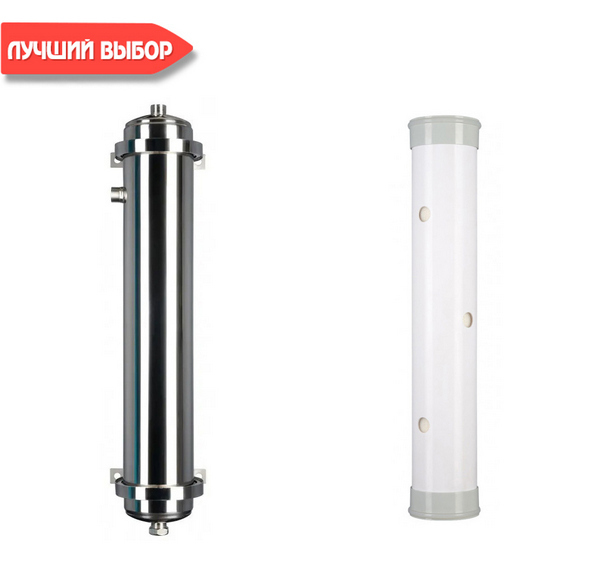
It is more profitable to buy analogues with the function of reusable flushing. They are more expensive, but with severe pollution pay off in a few months. The service life of products in this category is up to five years.
electromagnetic
When choosing these settings, experts recommend powerful generators and an extended frequency range. If the consumption exceeds 10 W, the force field begins to break down old deposits. At the same time, the range of the working area is increased - up to 600-800 meters. The wide signal bandwidth creates a very effective field that has a strong effect on the smallest and larger fractions.

Unlike other systems, the price of an electromagnetic water treatment system includes all associated costs. The generator and coil do the job without moving parts, which eliminates wear and tear. The actual service life of these devices significantly exceeds the level indicated in the typical passport data of models from reliable manufacturers - 20 years.
Ion exchange
Let's list all stages of the project for a realistic analysis of the total costs:
- removal of sulfides and other contaminants that damage synthetic resins;
- connection of engineering networks with certain functional characteristics;
- improving the sound insulation of the room to reduce noise in the residential area during flushing;
- installation of a second working line, providing a continuous supply of soft water;
- regular replenishment of the supply of tableted salt;
- cleaning valves and other system components according to the maintenance schedule set by the manufacturer;
- on-line setting of the mode with a significant change in the concentration of impurities in the source.
Taking into account the above features, the cost of a set of ion-exchange water treatment systems can turn out to be much higher than expected.
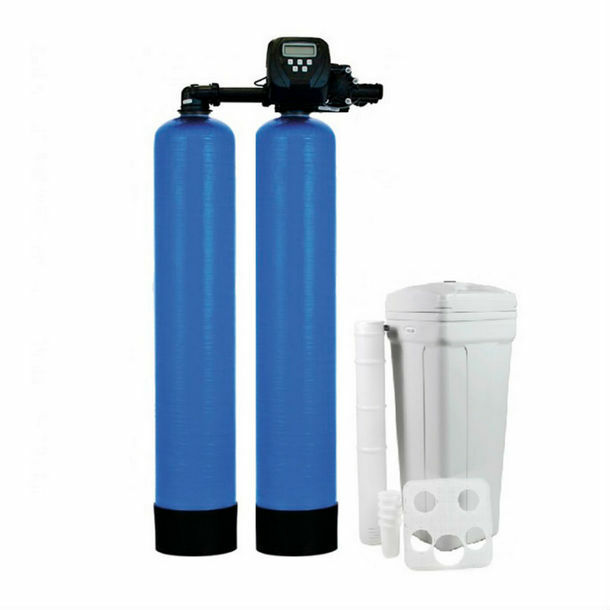
Coal
In devices of this category, a useful function is performed by a sorbent that retains impurities with the help of its finely porous structure. This technology traps heavy metals and organics. Catalytic oxidation removes unpleasant tastes and odors along with chlorine.
For the comfort of ordinary users, carbon loads are offered in cartridges. This is really convenient, although for objectivity we must not forget about the limited resource. The service life indicated on the passport is determined at a low level of contamination of the liquid, which does not exceed the permissible standards according to SanPiN.
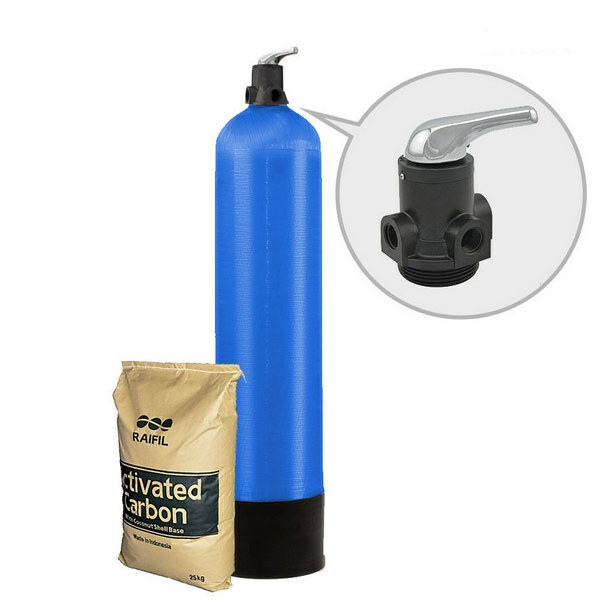
The problem of a small resource is solved with the help of a large column. The kit is assembled according to the ion exchange scheme, but without a salt tank. In this case, the considered additional costs and complexity of maintenance will have to be taken into account.
Mechanical
The choice of models in this category is simplified. A suitable option is determined by the required level of filtration, taking into account the flow rate. When examining cartridges, do not forget about the one-time execution of the corresponding products.
Washable filters are preferable if heavily soiled. Mesh, string winding or granular loading - the type of working element is not decisive. The main thing is to offer the possibility of prompt cleaning of a clogged functional module.
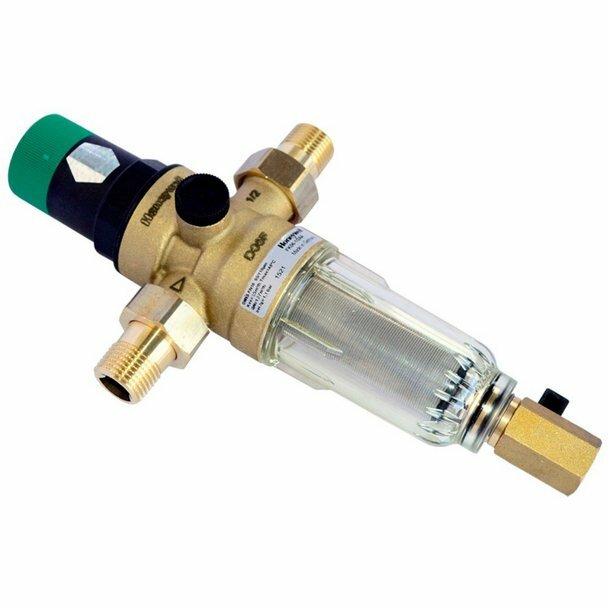
Reverse osmosis
All installations in this category provide high quality filtration. The price of a water treatment plant is determined by the composition of additional components. With insufficient pressure, you will have to install a pump. For saturation with minerals - a separate module. The most expensive models are equipped with electronics, which simplifies the handling of equipment.
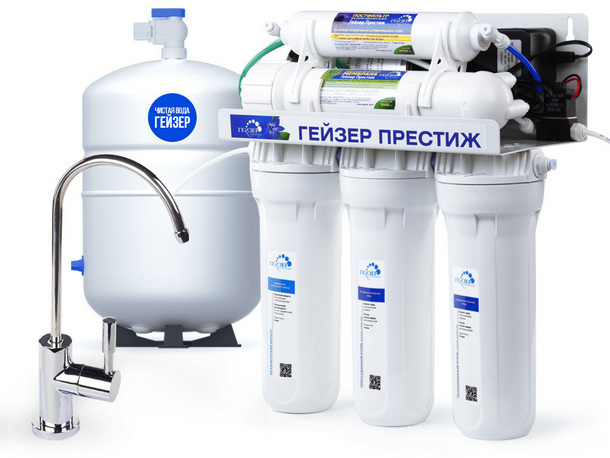
What is usually included in such systems?
The water treatment project is divided into 2 parts. At the first stage, a purification level is provided that removes impurities harmful to technical consumption. First, large, and then fine mechanical fractions are retained. Deferrization and softening of water is carried out.
After this processing, a laboratory analysis is needed. According to its results, it is concluded that additional purification is necessary.
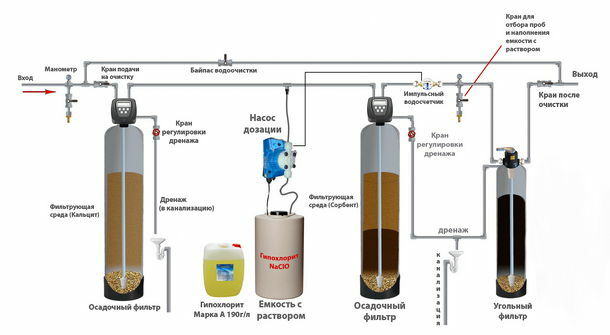
Which station for a country house to end up buying?
Equipment is selected taking into account the approved values of benchmarks: water treatment speed, output quality, and others. For a comprehensive analysis, the complexity of maintenance, guarantees, and other related factors are checked.
Prices
You can buy an entry-level water treatment system for a private house with a semi-permeable reverse osmosis membrane for 9-12 thousand rubles. rub. in the Aquaphor store. The cost of an analogue with electronic control and other additions exceeds 30,000 rubles.
For orientation with the level of costs, we list the prices for popular models of other types of equipment (min. / max. in thousand rub.):
- electromagnetic descaler AquaShield - 17/19.9;
- Honeywell filters (grid) - 4.97 / 11.4;
- columns for ion exchange (iron removal) Geyser - 42.4/ 75.2;
- cleaning unit with hollow fiber membrane Aquaris – 43.5/55.7.
It is recommended to clarify the conditions of sale via the Internet. Select companies offer free shipping and other perks through ongoing promotions.
Summing up
Errors can be eliminated during project preparation. Take into account the actual consumption and contamination of the source. Check the feasibility of the equipment and the ease of operation for maintenance. Include the cost of installation and consumables in the calculation. Add budget constraints and user preferences. The difficulties that have arisen will be eliminated by a specialist with good qualifications in the field of water treatment.
